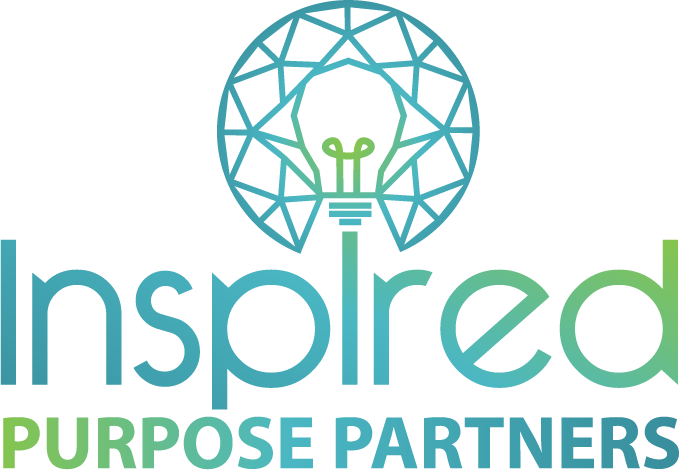Embracing Integrative Thinking: Using Your Opposable Mind

"The test of a first-rate intelligence is the ability to hold two opposed ideas in mind at the same time and still retain the ability to function." – F. Scott Fitzgerald
In his book The Opposable Mind, Roger Martin introduces the concept of integrative thinking, an approach that involves holding two opposing ideas simultaneously and resolving the tension between them to create a new, superior idea. This method is in stark contrast with conventional thinking, often forcing a choice between conflicting options. By leveraging integrative thinking, we can navigate complex problems more effectively and generate innovative solutions that traditional approaches might overlook, sparking inspiration and driving us toward new horizons.
Integrative thinking is a practice that allows us to grasp and synthesize different perspectives and ideas. It encourages us to look beyond the binary of either/or decisions and instead consider how seemingly contradictory elements can coexist and even complement each other, leading to enlightening and insightful solutions. The key components of integrative thinking are:
Salience: Determine what aspects of the problem are relevant and important. This involves identifying key factors and understanding their significance in the broader context.
Causality: Understand the relationships between the elements of the problem. It’s about seeing how different components interact and influence each other.
Architecture: Structure the relationships to see how they fit together. This step involves organizing the elements in a way that makes sense and reveals new insights.
Resolution: Create a solution that integrates the various elements in a novel way. The goal is to craft an outcome that harmoniously combines the opposing ideas into a coherent and innovative solution.
As leaders, applying integrative thinking can significantly enhance our decision-making processes and outcomes, empowering us to tackle complex issues confidently. Here’s how you can incorporate these principles into your leadership strategy:
Embrace Complexity: Instead of shying away from complex problems, embrace them as opportunities for innovation. Recognize that the most valuable solutions often arise from the interplay of diverse ideas and perspectives.
Foster a Culture of Open Dialogue: Encourage open and inclusive discussions within your team. Create an environment where different viewpoints are valued and explored. This not only enriches the decision-making process but also strengthens team cohesion.
Develop Empathy and Understanding: Cultivate empathy by actively listening to and understanding the perspectives of others. This helps you appreciate the underlying reasons behind opposing ideas and find common ground.
Practice Reflective Thinking: Reflect on your thought processes and decisions. Consider how integrating conflicting ideas could lead to better outcomes. Reflective thinking enhances your ability to see connections and possibilities that might not be immediately apparent.
Experiment and Iterate: Don’t be afraid to experiment with integrating opposing ideas. Test different approaches and iterate based on feedback and results. This iterative process helps refine solutions and make them more robust.
Examples of Integrative Thinking
Apple’s iPhone: The creation of the iPhone is a prime example of integrative thinking. Steve Jobs and his team combined the functionality of a phone, a music player, and an internet communicator into a single device. They created a groundbreaking product that transformed the tech industry by resolving the tension between these different functions.
Toyota’s Production System: Toyota’s production system integrates the seemingly opposing goals of high quality and low cost. Toyota has achieved this through innovative techniques like just-in-time production and continuous improvement (Kaizen), which have set new standards in the automotive industry.
Netflix’s Business Model: Netflix’s shift from a DVD rental service to a streaming platform is another example of integrative thinking. By combining traditional media distribution with cutting-edge technology, Netflix created a new way for consumers to access entertainment, disrupting the media industry and setting a new standard for content delivery.
Integrative thinking is a powerful tool that enables leaders to navigate complexity and generate innovative solutions. By embracing the principles of salience, causality, architecture, and resolution, we can transform how we approach problems and opportunities. As you reflect on your leadership journey, consider how you can apply integrative thinking to turn challenges into catalysts for growth and innovation. By mastering the art of integrative thinking, you can lead your organization toward a future of sustainable success and continuous improvement.


0 comments
Leave a comment
Please log in or register to post a comment